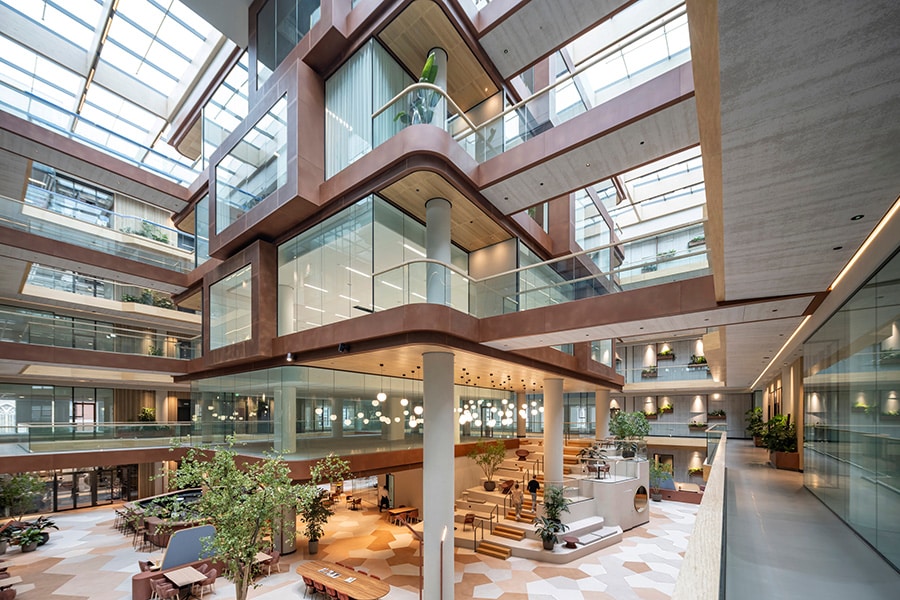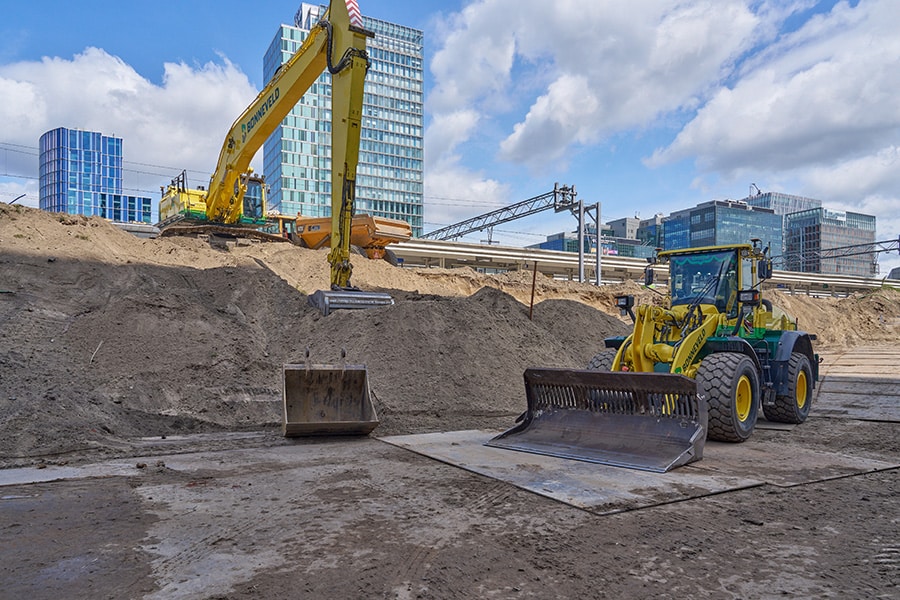
Superbox, fast, innovative foundation formwork
It is quick and easy to install, lightweight and therefore labor-friendly. Also thanks to the clever tension pins, it is strong enough to withstand the concrete pressure. At De Hoop Pekso from Terneuzen, they have developed the ideal beam formwork, which they then called "Superbox" with a feeling for construction practice. What is it, how do you work with it and what are its biggest advantages?
The Superbox is 1800 mm long - in one piece, so it can be placed in one go - and available in several widths and heights. As a result, the formwork almost always fits the most common beam dimensions. With a wall thickness of 100 mm and base thickness of 80 mm, it is an excellent insulator. After all, EPS (expanded polystyrene) contains a lot of air, which provides many transition surfaces to achieve an optimal insulation value. The Superbox is mainly used in residential and commercial construction for in-situ concrete beams in pile foundations.
Those accustomed to more traditional beam formwork will be pleasantly surprised to find how quickly and easily the Superbox can be placed on the job. First, the number of operations is minimal. This is because the Superbox does not have to be braced and chamfered, and therefore no brackets and wooden rails are involved for the upper and lower chamfers. At De Hoop Pekso, they did this in a much smarter way, namely with special tension pins. How do they work?

Working quickly with pull pins
The tie pins are thin but strong plastic rods with a plastic ring at both ends. Narrow notches are made at the top of the EPS formwork into which these rods fit exactly. The rings are on the outside and ensure that the EPS box is strong and dimensionally stable during the concrete pour, thus guaranteeing a tight foundation beam. Because the tension pins are recessed into the Superbox, they can simply remain in the concrete after the concrete pour. This has several advantages: first, the concrete surface can be finished easily, with a super-tight end result. Secondly, working with pull pins left behind saves an enormous amount of time. In short: more results with less use of materials.
More cleverness
Pulling pins are not the only clever features. The Walking Sticks are hairpin-shaped bent metal bars used to secure the Superbox to the ground. This is required at any transition of two Super Coffins or at the corners. This works at lightning speed.
Another clever feature is the standard tongue-and-groove connection that makes it easy to connect two Superboxes together and keep them properly aligned, even during the concrete pour. Again, the end result is a tight, dimensionally stable foundation with optimal concrete adhesion. Corners and T-junctions are always more vulnerable places. To reinforce these, a solution has been devised in the form of the Superbinder, which is related to the tension pin.

Time saved by lost formwork
The Superbox is a so-called "lost formwork. It remains behind as an insulating shell after the concrete is poured. Since there is no need to remove the formwork, this saves a considerable amount of time. In order to guarantee the correct concrete coverage for the reinforcement baskets, plastic spacers are used in the Superbox, which can be quickly pinned into the EPS material. For about five box sizes, ready-made standard reinforcement baskets are also available to make working with the Superbox even more efficient. In addition, Superkist is very labor-friendly, as the reinforcement can simply be worked on at height. The waffle pattern on the underside of the Superbox ensures great (lateral) stability on the underlying sand bed.
The Hope Pekso
Heeft u vragen over dit artikel, project of product?
Neem dan rechtstreeks contact op met The Hope Pekso.
 Contact opnemen
Contact opnemen



